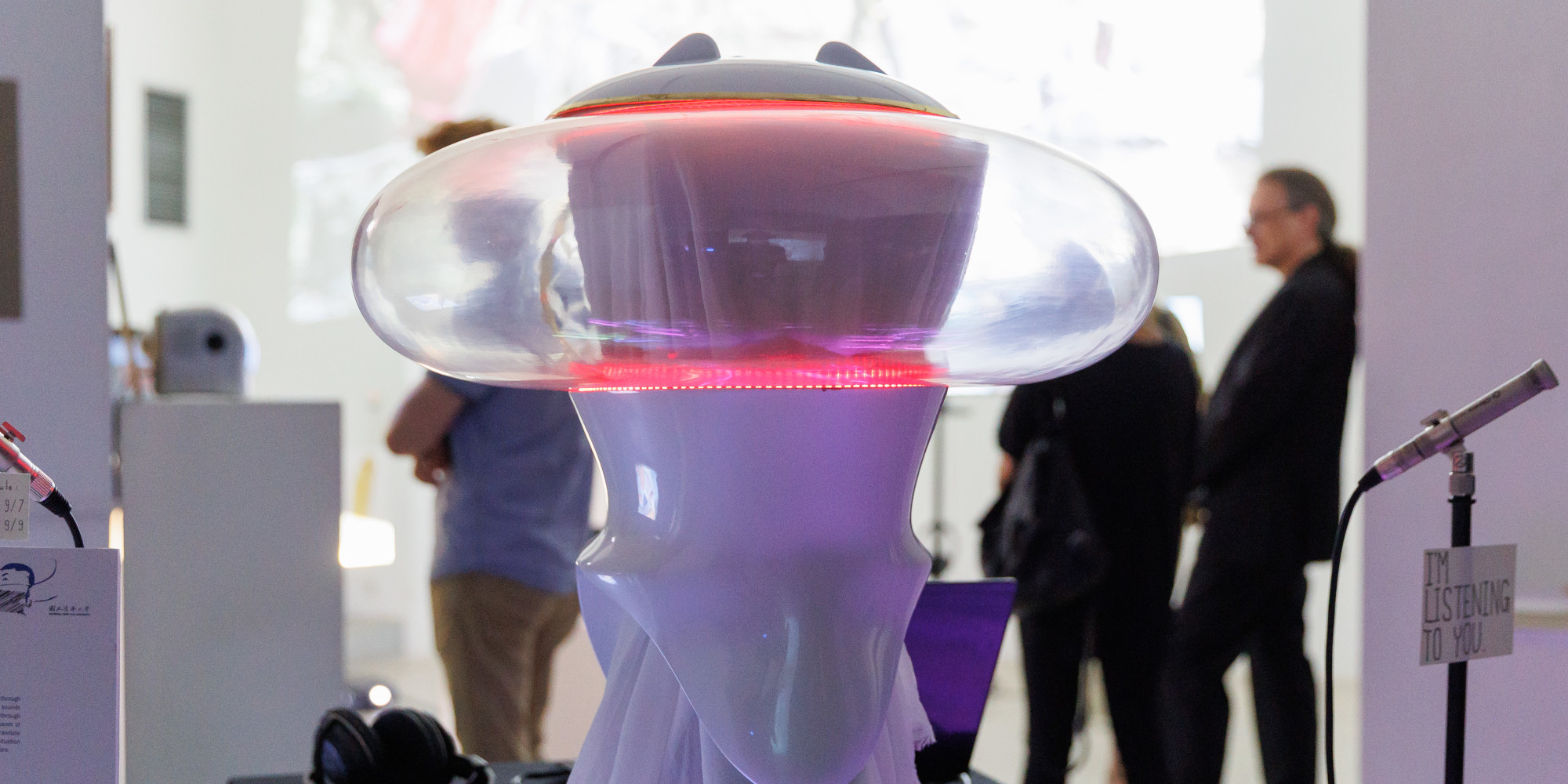In the face of the growing problems of the Earth resulting from intensification of human life, technology is often seen as an opportunity to help order this chaos of overproduction. However, technology is like a serpent eating its own tail. As Martin Heidegger says, “the purpose of modern technology is to remove the veil to reveal the truth; however, paradoxically, technology itself becomes a hindrance and prevents the truth from appearing.” The technology appears thus to be not a remedy, but the cause — and at the same time the consequence of the chaos. Live the Moment explores this chaos. In the never-ending game of technoculture-homeostasis, an arbiter is needed — an eye that cannot be deceived. Future Vision work can try to reflect on the impact of changes in the living environment. Transferring the technological gesture of prototyping to the area of human content and social constructs to reveal the final destination of man-made objects is the main issue of SeaDrift work. By hearing the world through the augmented colors, Voice in Sight work makes the unreal veils come true and sends our extension of senses into the distant desert. We try to observe, imagine, and establish a dialogue by way of our prototypes. Datafixation work traverses the geometric meshes’ topographies as our planet’s invisible datasphere. The Nature of Prototyping provides not solutions but reflections, and the development of technology serves to know others better.
Biography
Credits
Su-Chu Hsu (TW), Cheng-Yu Pan (TW) and Patryk Lichota (PL)
Spring Foundation
National Science and Technology Council, Taiwan, R.O.C.
Ministry of Education, Taiwan, R.O.C.







